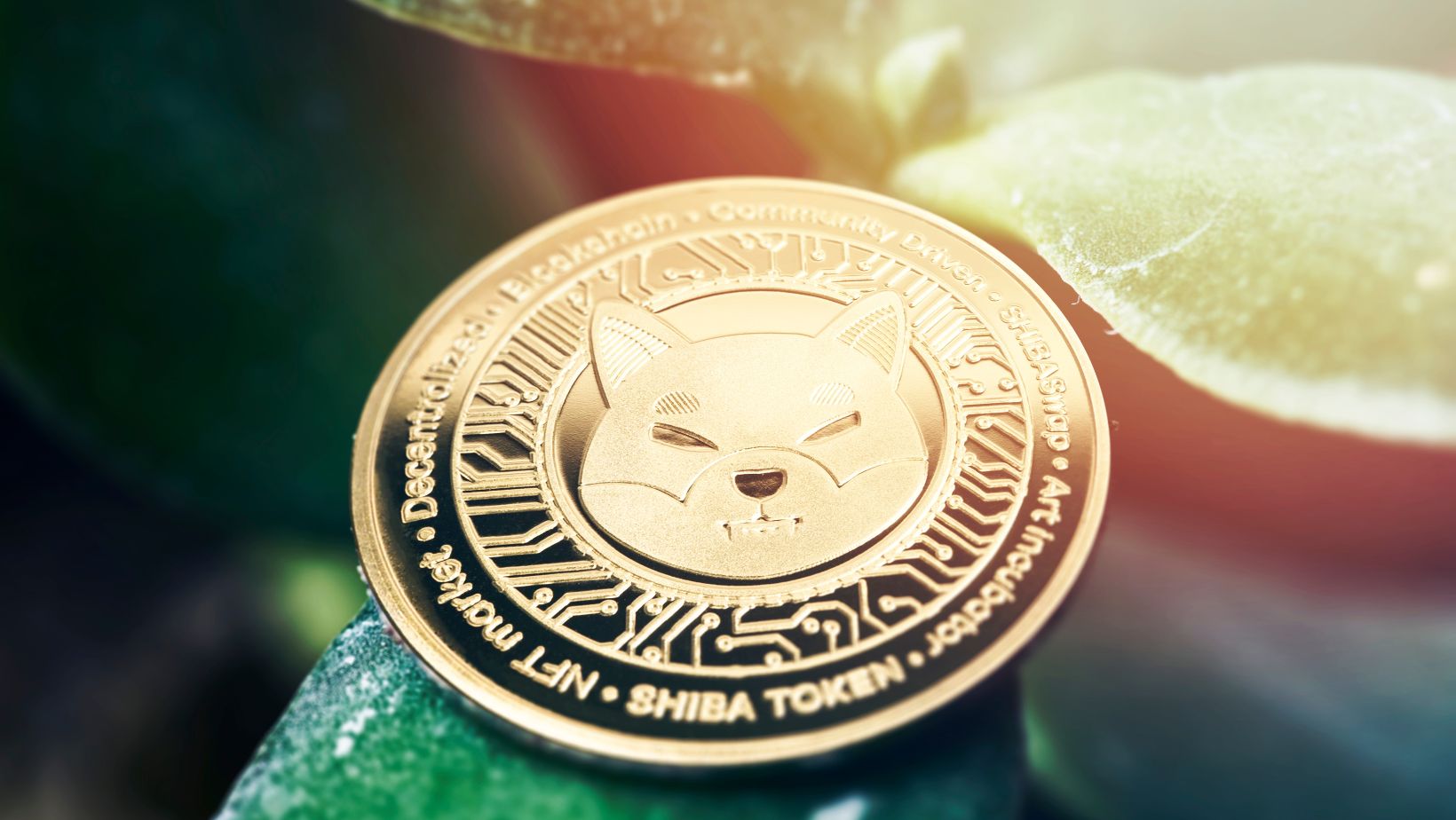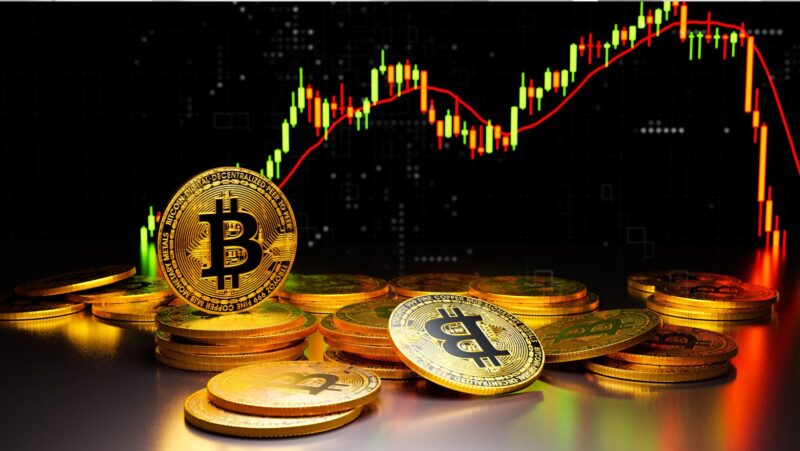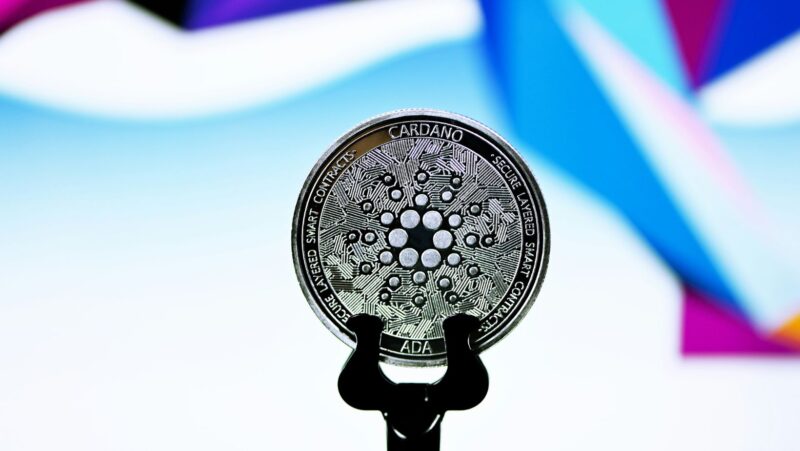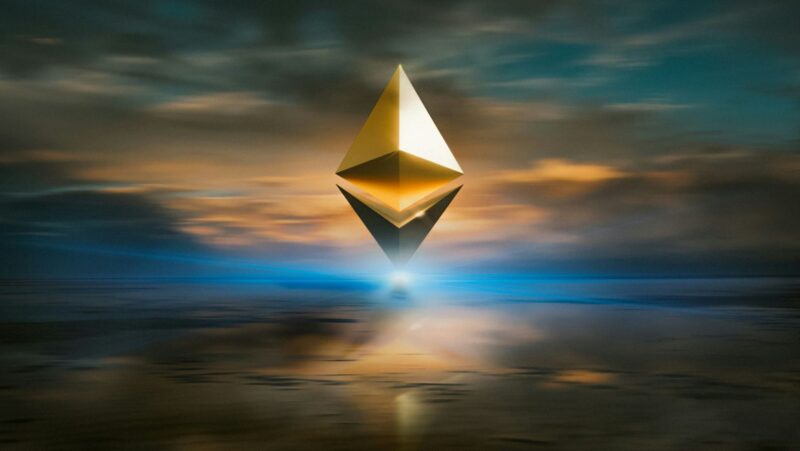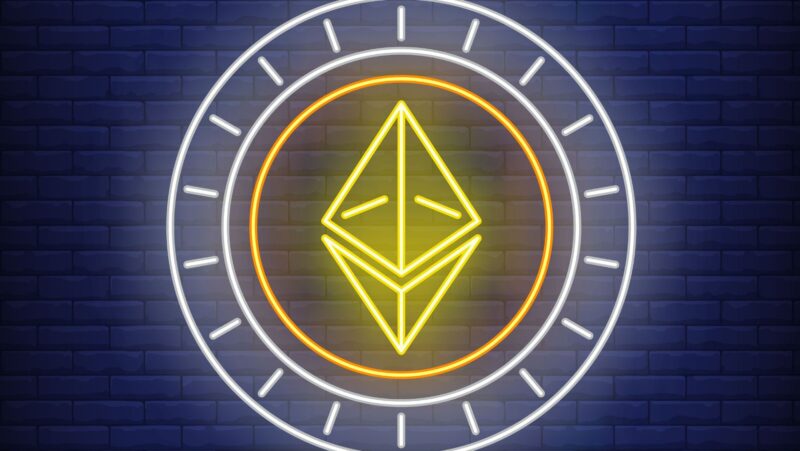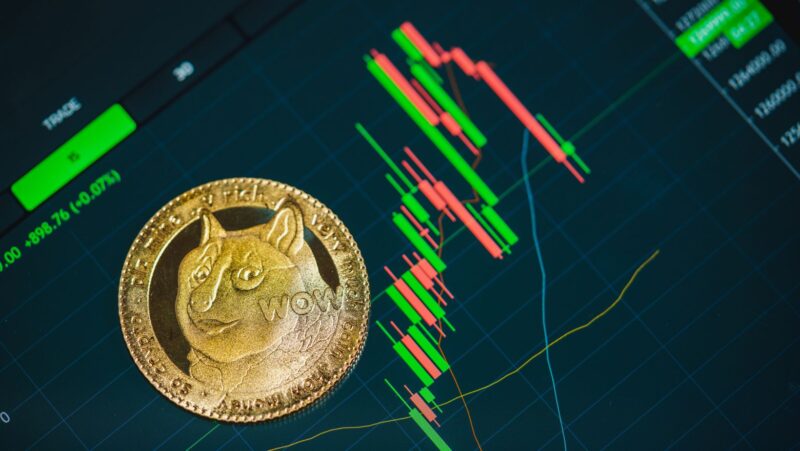
Shiba Inu is a decentralized cryptocurrency created in August 2020 by Ryoshi, who has chosen to be anonymous since the project was first launched. The pseudo-anonymous developer holds about 10% of the total SHIB supply despite repeatedly claiming to have no tokens at all. Emerging as a meme coin, SHIB gained a devoted community and captured the attention of the crypto world right away. It’s a rival to Dogecoin or a “DOGE killer” due to its enormous popularity.
The first important moment in Shiba Inu’s history was in May 2021 when Ryoshi sent half of the supply to Vitalik Buterin, the co-founder of Ethereum, as a small token of appreciation for his contribution to the crypto ecosystem. The Canadian computer programmer burnt more than $6 billion worth of SHIB tokens and donated the remaining amount to people and organizations fighting the COVID-19 pandemic. The Shiba Inu coin price has only increased over time, thanks to supportive tweets from Elon Musk.
The Shiba Inu coin is “an experiment” developed within the ecosystem, which comprises a range of interconnected elements that provide utility and foster a strong community. The Shiba Inu ecosystem is an open-source ecosystem of decentralized applications (dApps), protocols, and platforms that facilitate the creation of smart contracts and applications that can operate autonomously on the Ethereum blockchain. We invite you to proceed reading to discover additional information.
BONE, LEASH, And TREAT Are The Three Main Pillars
Inspired by the viral success of Dogecoin, Shiba Inu advanced as a niche type of cryptocurrency with no intrinsic value driven by social media hype. What began as a Dogecoin killer quickly evolved into a “trustless” system with its own blockchain (Shibarium), multiple tokens, and even a charitable organization. BONE, LEASH, and TREAT are the three main pillars of the Shiba Inu ecosystem, used in various decentralized finance (DeFi) functions.
BONE: BONE is the governance token of ShibaSwap, a decentralized exchange (DEX) that lets users trade various cryptocurrencies, including SHIB, without the need for an intermediary. Holders can vote on proposals through the Doggy DAO, earn staking rewards, supply liquidity, and take part in community events. BONE is an ERC-20 token on the Ethereum blockchain secured by the Proof of Stake consensus algorithm.
LEASH: The second token in the Shiba Inu ecosystem, LEASH is used to reward supporters with perks, such as additional BONE rewards and priority entry to NFT mints and sales. Its minuscule supply makes it more valuable. LEASH can be used as collateral for loans and generate potential profits in yield farming programs. LEASH increases the demand for SHIB tokens by offering community members countless rewards
TREAT: TREAT is designed to provide transactional rewards and access to 30+ pieces of advanced technology that serve Shiba Inu’s Network State, which helps governments, businesses, and individuals transition from Web2 to Web3. Innovations include AI agentic frameworks, a decentralized incubator, and immersive elements within Shiba Inu’s Metaverse. TREAT is the voice of the SHIB army, the crypto enthusiasts who invest and support the SHIB token.
ShibaSwap Is The DEX Of The Shiba Inu Project
ShibaSwap is a DEX that offers many of the same functions you would find on other platforms, such as token swapping and liquidity pools. Launched in July 2021, it makes available a safe and user-friendly peer-to-peer marketplace where transactions occur directly between crypto holders. ShibaSwap has its own NFT project, Shiboshis, with roughly 10,000 pieces of variable rarity and value. The Dog Park represents a collection of assets owned by investors. Users can view the history of all their staking, trading, and ROI.
To use ShibaSwap, you must connect a Web3 wallet that also supports NFTs. It’s controlled by the logic outlined in the smart contract, which could require multiple signatures. In exchange for your deposit, you’ll receive liquidity tokens that represent your stake in the network. You can earn passive income through trading fees. If you’re done trading and still have liquidity tokens left over, you can easily convert those assets into the desired ones and withdraw them to your wallet.
Shibarium Provides Faster, Afordable, And Scalable Solutions
Shibarium is a Layer-2 scaling solution built on top of the Ethereum blockchain that forms the backbone of Shiba Inu and all its operations. It aims to solve the problems characteristic of the Ethereum network – high gas fees and slow transaction times. by moving some of the transaction processing to an off-chain network like Shibarium, DeFi projects can offer users faster and cheaper transactions, attracting more users and driving greater adoption. Programmers and developers can create dApps and smart contracts directly on Shibarium.
The TREAT token provides liquidity to the SHI stablecoin, which remains under development. Ryoshi’s idea was to peg SHI at $0.01, but the mechanism for achieving this hasn’t been determined, and there are ongoing discussions within the SHIB community as to what collateral options should be used. Getting back on topic, Shibarium integrates with the Ethereum network to expand use cases for SHIB using both Plasma and PoS security to create a trustless and bi-directional transaction environment.
SHIB: The Metaverse Is A Virtual World Powered By The Shiba Inu Ecosystem
Shiba Inu now has a metaverse that offers a virtual world experience where users can engage with the SHIB token, customize plots of land, and transact in ETH while locking up their SHIB tokens. The project has been in the works since 2021, with the latest version recently made available, but it’s not clear if this is the final design. You can create and personalize your own digital avatar to represent yourself within the metaverse. Future updates are expected to add more features.
The team behind the Shiba Inu project envisions the metaverse as more than just a digital space. They hope to create a platform for connection, creativity, and digital ownership by capitalizing on blockchain technology and the strength of their community. Attention must be paid to the fact that the metaverse is still in the early stages of development, so many features haven’t yet been implemented.

